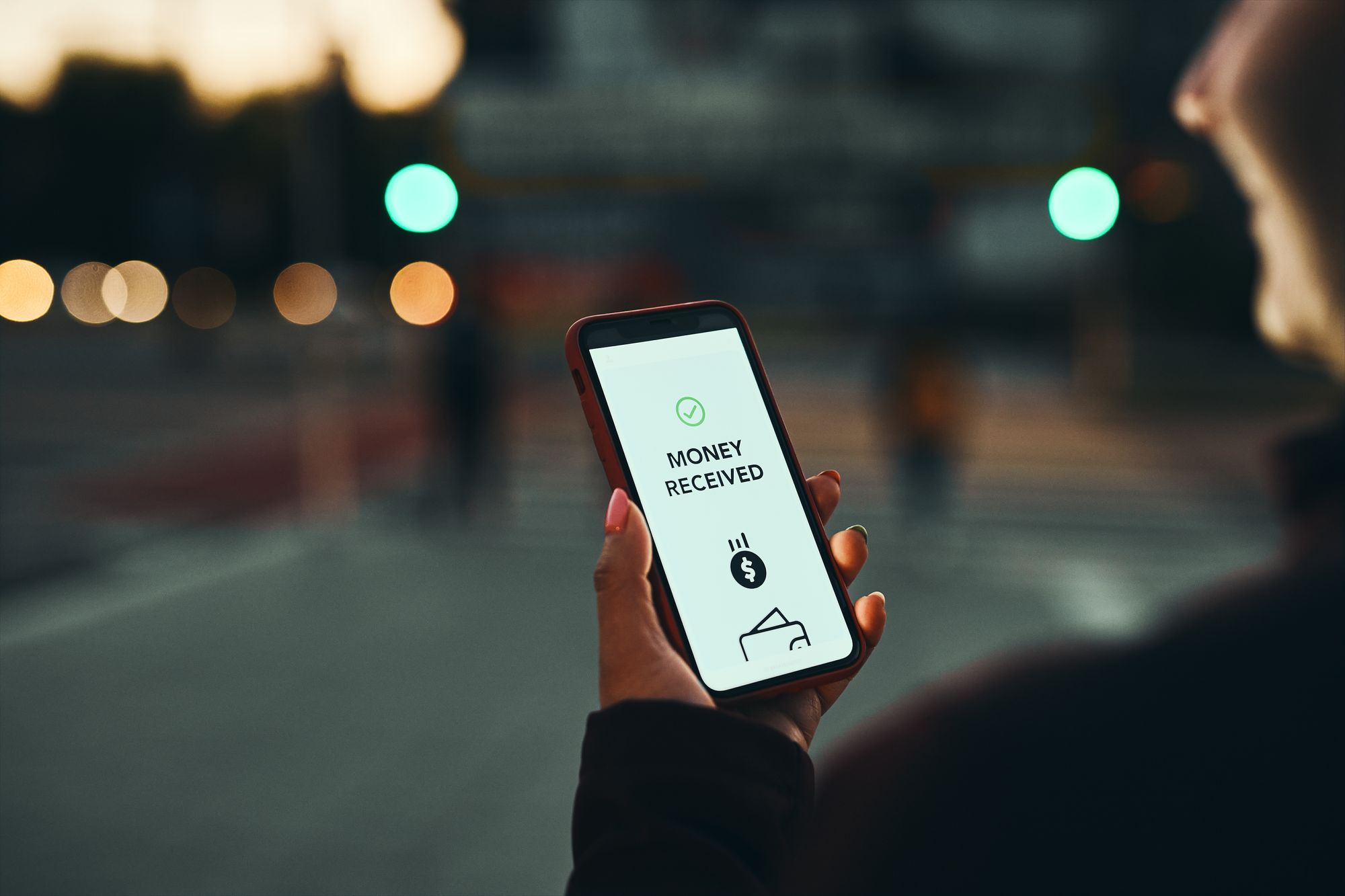How AI is Revolutionizing The Future of CFD Trading

Over the last few years, there has been a surge in interest in all things Artificial Intelligence, and because of this, it should be no surprise that some traders are exploring its potential to capitalise on market moves. The CFD market is traded not only by retail traders but also by many institutional traders worldwide.
First of all, what is it?
AI is a form of machine learning that can take vast amounts of data and turn it into something usable for various tasks. The role of AI in CFD trading is often seen in pattern recognition programmes, predictive analysis, and data-driven, non-biased trading decisions. This could be a significant advantage for traders who wish to mitigate the emotional risks of relying on a human to make all decisions.
🤑 Need a Personal Loan? 🤑
Get the funds you need with Evergreen personal loans. Quick approval and competitive rates!
Automation
AI can facilitate numerous trading processes, making it extremely useful for some traders. The ability of the AI-powered trading system to make its own decisions can relieve the trader from the stresses and uncertainty of making a trading decision. By allowing the system to place trades every time a specific set of conditions is met, it effectively trades on behalf of the trader, and it can even execute trades while the trader sleeps.
However, there are certain risks regarding automated trading, as there have been several issues in the past, especially with the Algorithmic High-Frequency trading systems used previously.
Machine Learning and Predictive Analysis
Subset machine learning allows CFD trading systems to change over time and improve by finding patterns, trends, and correlations for the trader. By using predictive research, users can modify their trading systems to adapt to market conditions and behaviours. With this information, a trader can uncover potential opportunities in the financial markets.
Not the “Be all, End all” of Trading
While AI can undoubtedly assist the trader with most decisions, there are a few inherent concerns. The first issue is that it relies on past trading data, which means it assumes that a specific set of conditions will automatically trigger a particular reaction. However, the trader is faced with a market that can shift quite rapidly and relies on a set of data that doesn’t account for other factors such as sentiment, upcoming data releases, and a whole host of different possibilities. The AI programme will only act on numbers, which don’t always tell the entire tale.
Additionally, the importance of “clean data” cannot be overstated. Unfortunately, the data you might receive could be somewhat biased. Recent market biases may not reflect a market representing the full spectrum of reality in the future. For example, how extensive of a data set would you need to make a robust system? This, in itself, could be a difficult question to answer.
Creating an AI System
An AI-assisted trading system isn’t always easy to build. Many steps are involved, including choosing a programming language, setting up an API connection, designing a trading system, coding a bot, and conducting testing and backtesting. Once completed, you must deploy the system on an infrastructure, typically on the cloud.
Buying an AI System
Most traders lack the coding expertise or time to build a robust AI trading system, test it, and deploy it. Several large firms employ mathematicians to design these programmes, and they typically invest millions of pounds in these ventures. There is a bit of an “arms race” in this area of trading to capture traders' money, but at this point, the future isn’t as straightforward as one might hope.
Source: https://market.us/
Your First Steps
While the decision to use AI is personal, you can use plenty of systems and tools. The next step is to test the system in the real world. This can be accomplished safely using a demo account and looking into the best CFD brokers’ reviews. This is a way to learn where you can observe the systems in action, eventually deploying the trading capital into the markets.
While the proclivity of many traders might be to jump head first into AI trading, the reality is that there is a lot of digest when it comes to moving forward. The markets are constantly evolving; therefore, your tools may or may not be effective in the future. The inherent problem with the idea of these AI systems, as they are developed, is that the overall performance of most of them is biased toward recent markets, meaning that the future could still be noisy for those willing to engage the market with them.
It’s worth considering that the average large fund with automated trading will also have traders who watch for erratic moves and undesirable trading actions. Simply put, sometimes humans will still need to “unplug” the AI.


